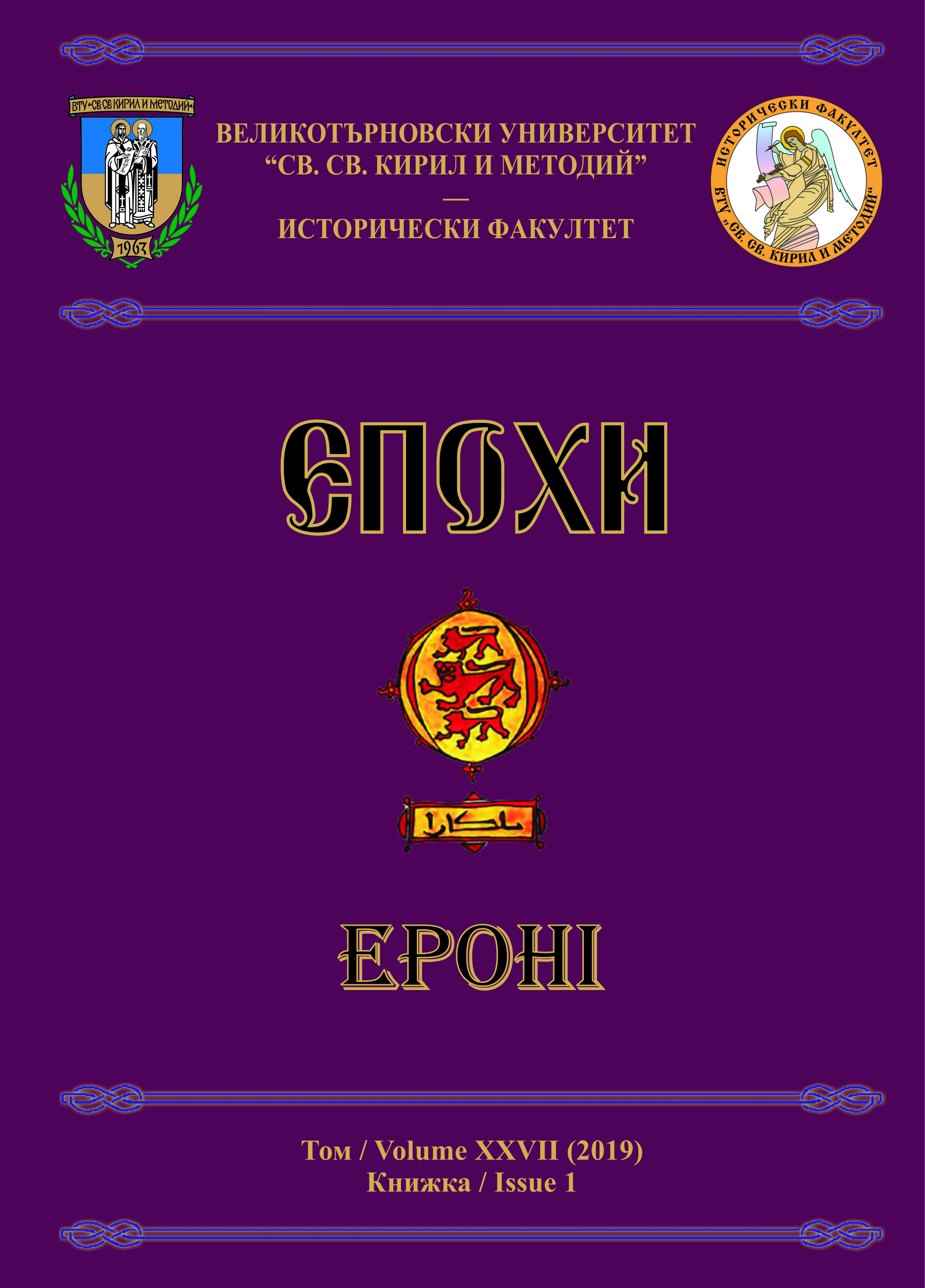Grain market integration in the Lower Danube region (1829–1853)
Grain market integration in the Lower Danube region (1829–1853)
Author(s): Cristian ConstantinSubject(s): History, Economic history, Political history, Social history, Modern Age, 19th Century
Published by: Великотърновски университет „Св. св. Кирил и Методий”
Keywords: Brăila; Galaţi; international grain trade; productive structures; deposit-ports
Summary/Abstract: This paper explores the development of market integration within the Lower Danube region andMediterranean deposit ports, from the 1830s to the 1850s. By the early 1830s, Danubian grain entered this commercial pattern, following the provisions of the Russian-Turkish Peace of Adrianople (1829). It granted the two Romanian Principalities of Wallachia and Moldavia full freedom to pursue commerce and to navigate on the Danube, turning the ports of Brăila and Galaţi into important suppliers of grain on the European markets. In the following two decades, Danubian grain supplied the Mediterranean deposit ports, before a decisive shift took place following the repeal of the Corn Laws in Britain, when most of the Danubian wheat and maize was carried directly to the British archipelago. This paper refers to the conditions of grain production in the Romanian Principalities, to their foreign trade through the ports of Brăila and Galaţi and to the commercial houses and the merchants who mediated these trading relations between the Danube and the Mediterranean deposit ports.
Journal: Епохи
- Issue Year: XXVII/2019
- Issue No: 1
- Page Range: 87-99
- Page Count: 13
- Language: English

